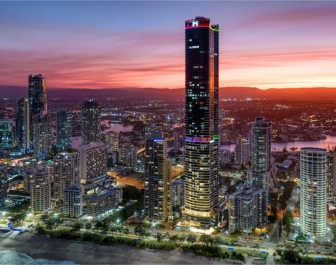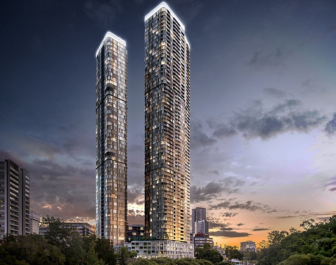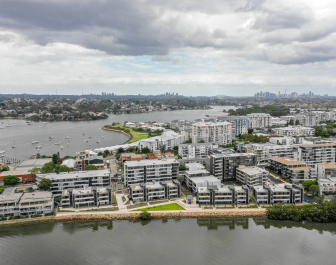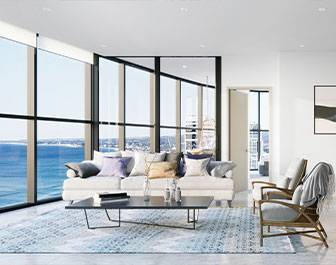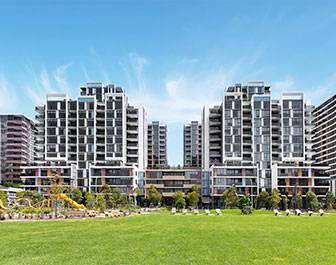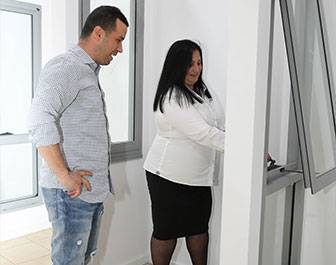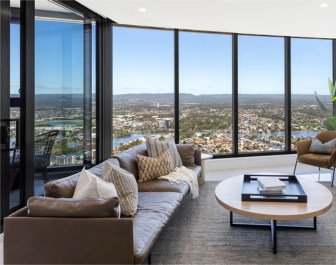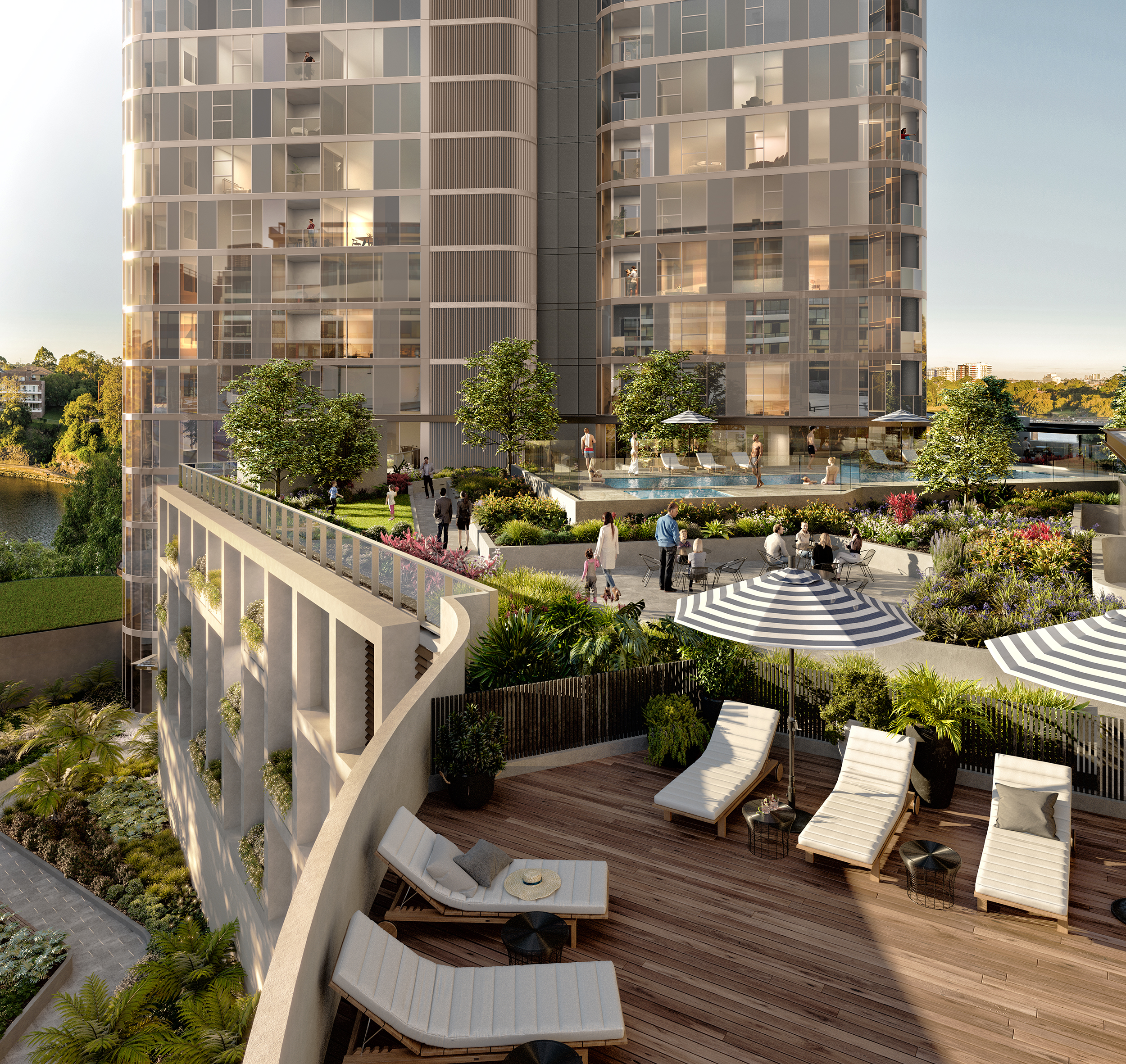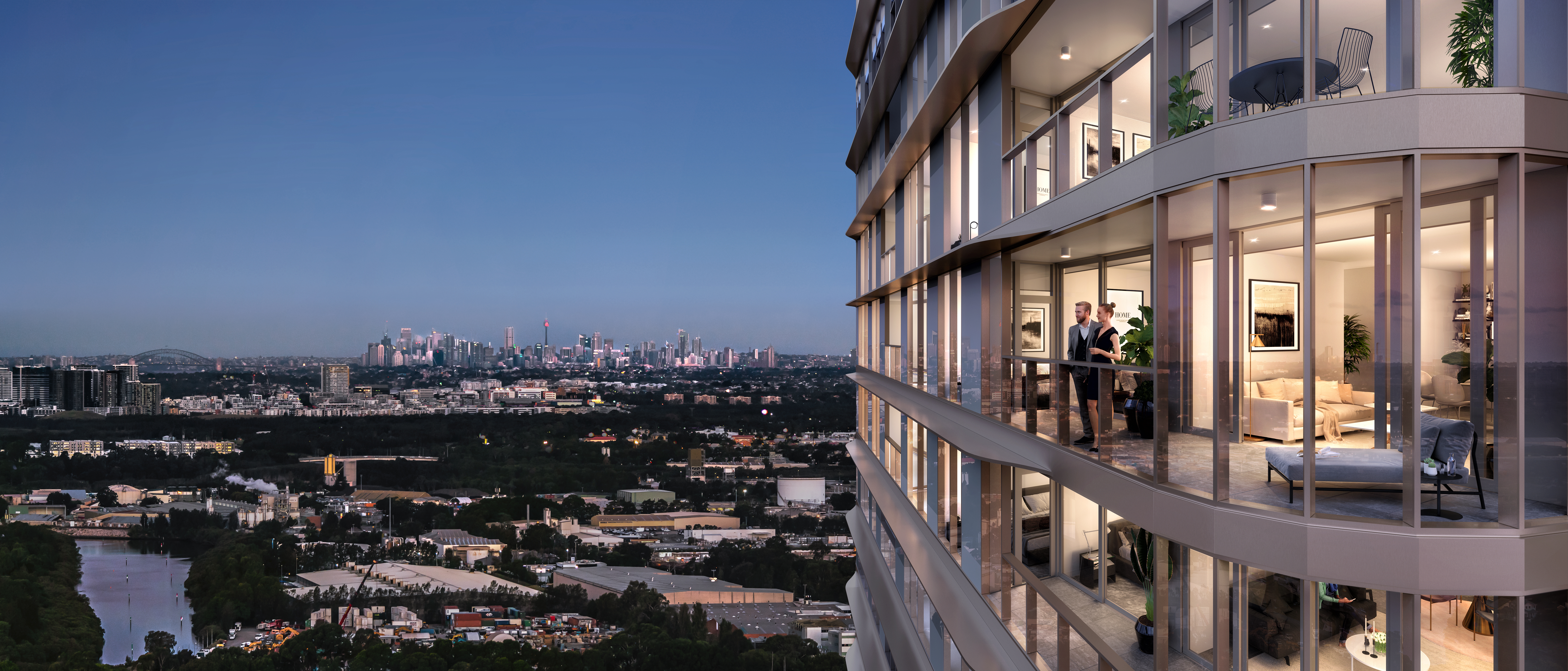- Architects
- Manufacturing
ManufacturingOur manufacturing process is designed to produce aluminum with high-quality properties and attributes. We use this premium material to produce a top-end product, created following rigorous quality assurance processes to uphold our values and reputation as leading aluminium suppliers.- Developers
DevelopersReliability, durability and aesthetic are at the core of a solid aluminium product. We understand the importance of these qualities to the value and long-term feasibility of a project. Our team works with all specialists involved in a development project to produce aluminium products that reflect and promise a valuable investment.- Home Owners
Home OwnersHomeowners need reliable modern solutions that can provide security, durability and accommodate their personal aesthetics.- About
AboutFounded and headquartered in Sydney, A-Tech Australia is one of the market leaders for innovative aluminium solutions. We are a global player in the industry and are continuously thriving for new material solutions and apprising our partners worldwide of the versatility and presentation of our windows, doors and facades.- Careers
- Contact
- Developers
- Case Studies
- 180 George, Parramatta
180 George, Parramatta
Description
180 George Street is set to be the tallest residential building in Western Sydney with over 67 storeys. The residence’s grand façade was a key focus of A-Tech’s work on 180 George Street and involved the manufacturing, supply and installation of several different window walls and façade panels. Once completed, the building will be a sight of architectural and structural brilliance.
Challenges
The impressive façade and design of this building, combined with its towering height meant that A-Tech Australia was presented with several challenges: - The complexities of working with 16 different glass assemblies which gave the building its unprecedented pattern but that impacted the façade’s thermal performance. Different colours of the glass screens also resulted in different Solar Heat Gain Coefficient (SHGC) values.
- There was difficulty keeping the same width of the mullion on the faceted corners of the building as the straight lines of the façade.
- It was challenging finding a slab sun hood that could be installed vertically and subsequently folded down in a horizontal position because the space between jump screens and the slab edge were limited.
- It was difficult to find slab covers with concealed fixing points and that cover the subhead extrusion of the floor below.
Our Approach
The façade system contained a window wall design with covered slab edges and incorporated vertical plant louvres and balustrades into the design. Façade panels glazed with double and single glazing, façade spandrels with coloured back glass and CFC structurally fixed sheeting were also merged within the façade panels. Subhead and sub-sill were designed to accommodate customised slab covers. The rounded single stage vertical louvres were designed for minimum visibility (from certain angles) and high airflow. Based on the wind report and building movement report, a 150mm deep façade system was designed with heat-strengthened laminated external glazing.
According to Nathers and Section J report, single low-E coated and double low-E coated glazing were used. Thermally broken sections were also included in the design to satisfy low U-value requirements. Both the façade and sliding door design were successfully tested to AS4284. Manuals, part drawings, manufacturing drawings and installation drawings prepared for this were custom-designed systems for the project.
The façade consultant firm, Arcadis, was engaged by the client to review designs, drawing documentation, installation methods and testing of the façade to AS4284. A quality control program was established for manufacturing and ITPs for install. Façade consultants conducted site inspections every 3 weeks and subsequently, reported their findings from the inspections.
In dealing with the complexities of working with different glass assemblies, our team liaised with efficient living ESD consultants to determine the achievable performances and at the same time, assure compliance.
A-Tech designed 10 differently angled mullions to serve the entire range of connections. Our team developed a hinged connection between the bracket to allow for a 90-degree turning of the sun hood. Our slab covers were designed as 480mm extrusions to engage with both subhead and sub-sill.
LocationAustraliasubscribeSign up to the latest news and insights from A-Tech Australia - Manufacturing

